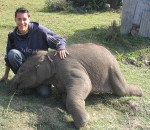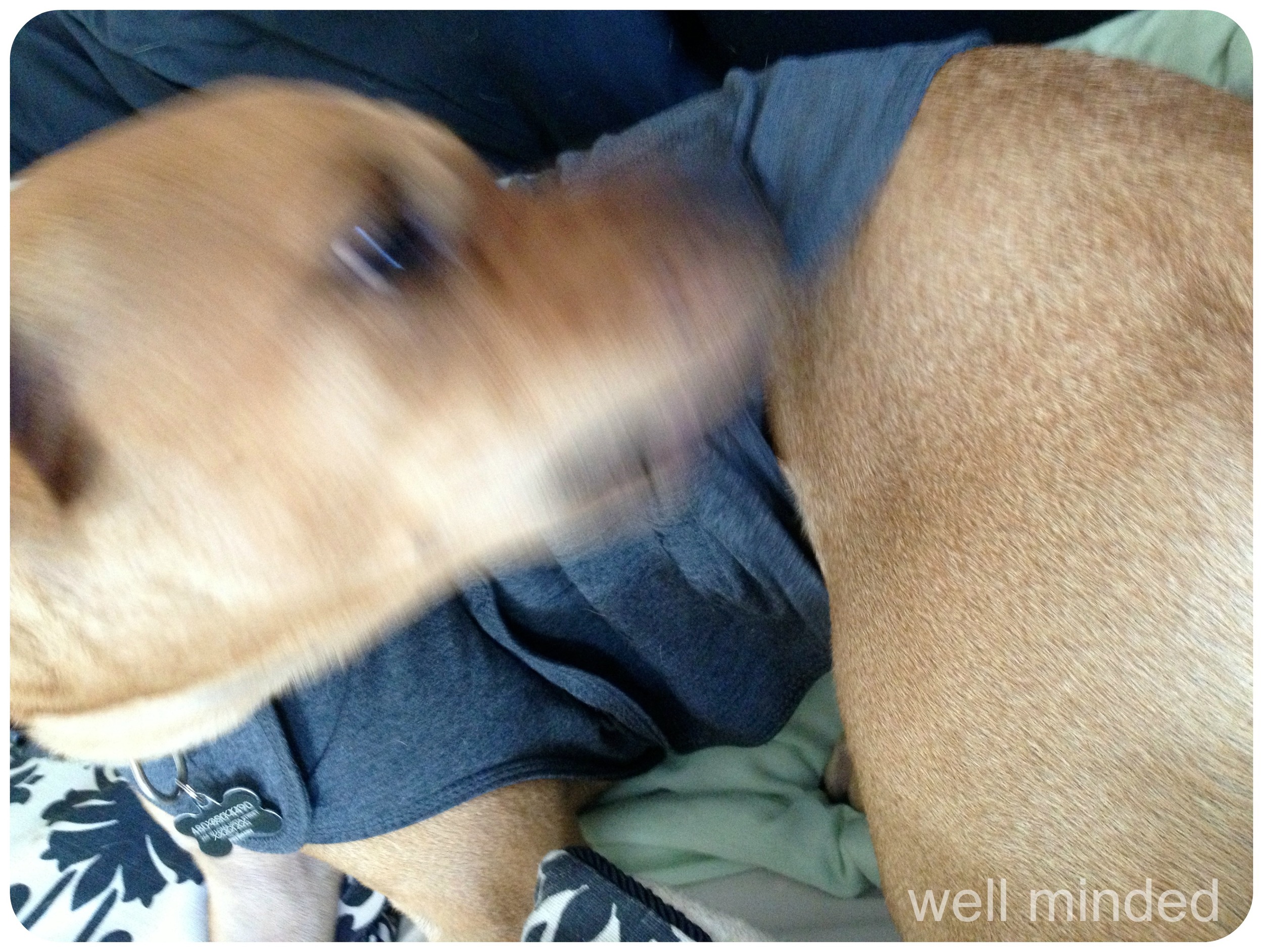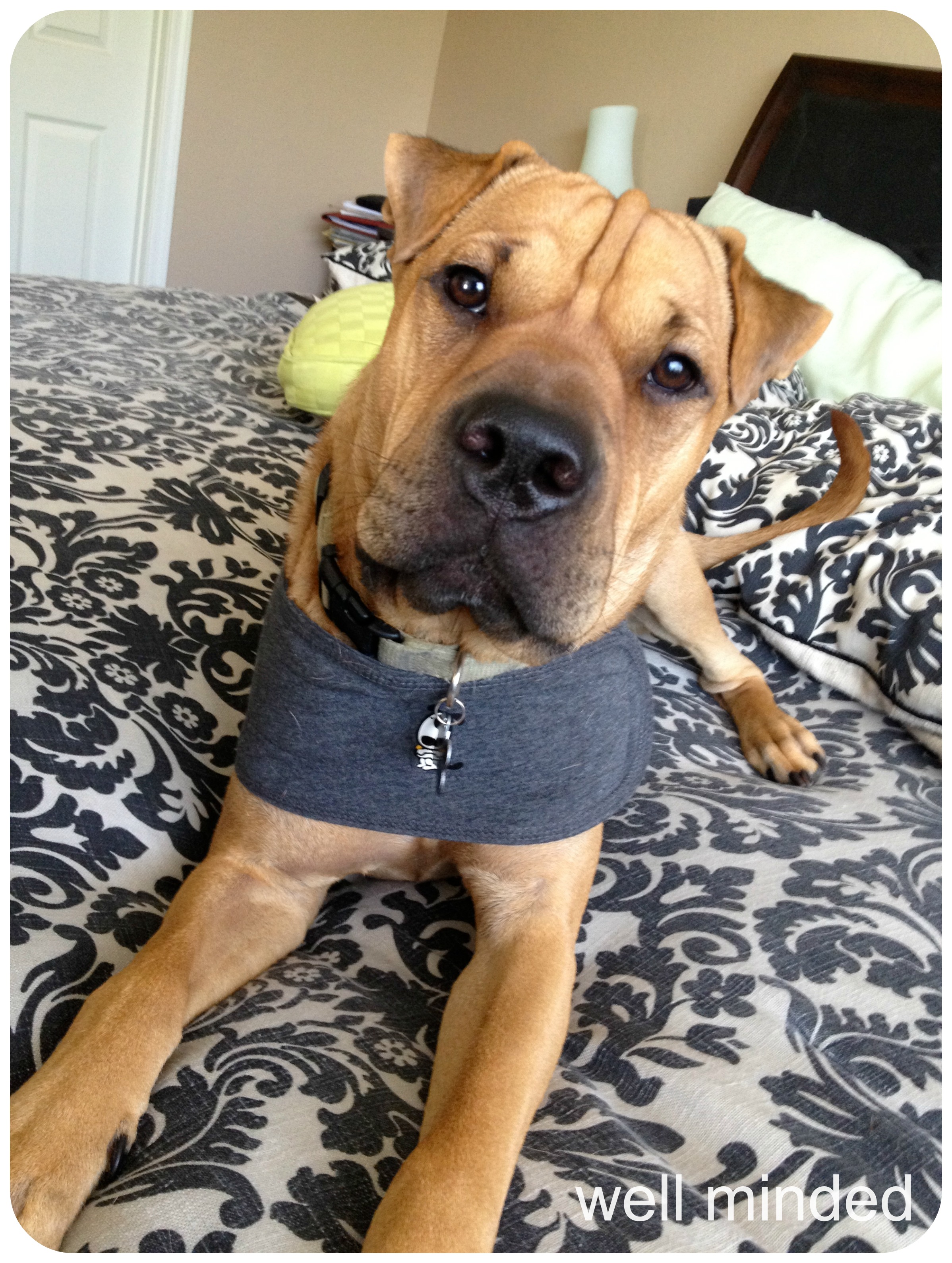 The grand opening date may still be in question, but the mission is not.
The grand opening date may still be in question, but the mission is not.
The Animal History Museum is the first museum dedicated to understanding and celebrating the human-animal bond. Its purpose is to serve and educate the public through the creation of a museum in Los Angeles County, California, for the collection, preservation and exploration of the history, culture, science, and law relating to the relationship between human and non-human animals; by presenting exhibitions, lectures and other activities that are consistent with, and supportive of, the museum's educational goals and purpose.

I spoke with Amy Breyer, Executive Director and President of the museum's Board of Trustees, about how the museum was conceived, what it's all about, and what the status is on the grand opening. Ms. Breyer has spent most of her career in Chicago practicing animal law, and I got the feeling from her that however stressful working on a museum opening may be, she feels like it's a breath of fresh air. She said that though she didn't wish to practice litigation any longer–after opening and running Illinois' first animal law practice–she wanted to "bring up these concepts in a non-confrontational setting." Her passion for the project is insatiable, and she's humble as can be. Though the museum is her brain-child, she was much more comfortable talking about the elite team of "pioneering individuals in all disciplines related to animals" that she has surrounded herself with. "It's a privilege to know these people," she said.
Ms. Breyer began working on the Los Angeles-area (a specific site is still in the works) museum with her founding board, and though the museum is not yet a physical building, after speaking to Breyer and looking over their online exhibits, I feel as if I've already visited it. Breyer is warm and smart and informative, which is exactly what I imagine the Animal History Museum to be.
So what's the scoop? Breyer and her team are in various stages of discussion regarding pinning down a site for the physical museum. She's not exactly sure when it will open, but projects that we won't have to wait much longer. In the meantime, the online gallery her team has curated is nothing short of spectacular. The online gallery currently has six exhibits including fine art, historical photography, and even art and stories culminating from social media.
I asked Breyer about these non-traditional exhibits that were curated from social media. She explained that the exhibits Breaking Stereotypes: America's Pit Bull Rescues & the Human-Animal Bond and Single, Experienced Animal Seeks Mature, Loving Relationship: Stories of Older Animal Adoption were a surprising result of Facebook contests. The Animal History Museum received such an overwhelming number of quality submissions that the sensation evolved into a community, of sorts, from which the exhibitions were born. I found this fascinating both in the role that social media can play in the development of such an exhibition and how open Breyer is to taking advantage of societal trends to create exhibits that people will not only be naturally drawn to, but that they can participate in, all in the name of animals.
Both these innovative exhibitions and the museum's more traditional exhibitions will be featured online and in the museum, some on a rotating basis, and some permanent. Even when the physical museum opens, Breyer plans to continue to grow the online gallery, both as a support to the museum and as its own entity with separate, unique content. Upon entering the online gallery, the museum's Web site states:
The Animal History Museum plans to make its online gallery an important part of its mission–both as a way of giving you, our guest a taste of what the brick-and-mortar museum will offer once it opens–as well as growing along side it once the museum opens its doors as a vibrant, integral complement to our physical collections.
Like our brick-and-mortar plans, the online gallery will feature both permanent collections as well as rotating ones. We believe it to be the first permanent, virtual museum collection dedicated to all things animal anywhere in the world.
Throughout my conversation with Breyer, she was reluctant to toot her own horn, and quick to highlight the efforts of her contributors, scholars from all over the English-speaking world. "No one person is a museum all to themselves," she stated. Aside from being pioneers in their chosen field, these initial contributors–now two dozen individuals–"didn't have a place to put their work in front of a mainstream audience," Breyer explained. Some of these individuals are highly specialized and are doing groundbreaking work, so to have them contribute to this collection and to be able to see all of their efforts come together is quite special.

Breyer holds all of her contributers in high regard and mentioned Piers Locke as an excellent example of the pioneering work these people are doing. She explained to me that Locke is instrumental in creating a new field, that of elephantology. Though Breyer is well-versed in Locke's work, she spoke about this emerging field like an excited little girl as she shared information with me regarding these studies in human/elephant interaction, including the elephant's role as worker, protector, and companion. Her passion shone. As a New Zealand-lecturer in Anthropology, Locke has found a new audience with the Animal History Museum. The museum Web site describes that Locke
is pioneering the nascent field of elepantology, through his efforts conducting historical and ethnographic research involving elephant and human communities in Chitwan, Nepal since 2001. This research raises issues in: apprenticeship learning and expert knowledge, practice and identity in total institutions, human-animal intimacies and the ritual veneration of elephants, and the role of captive elephant management in nature tourism, protected area management and biodiversity conservation.
It's no wonder Breyer is so excited about the work contributors such as Locke are doing.
What's next? The museum is currently working on an exhibit of Seth Casteel's Underwater Dogs, scheduled to open this month in the online gallery.
In it's quest to open the facility, the Animal History Museum is offering the public opportunities to contribute. An especially exciting and attainable opportunity is to become a "Founding Member." By joining for as little as $30 per year, you can help this museum and receive gifts available to only to members who join during the initial fundraising drive. And your annual membership won't begin until the doors open. Large donor opportunities and corporate sponsorships are also available.
I, for one, can't wait for the Animal History Museum to open! Until then, my family and I are enjoying all that the Web site galleries have to offer.
Follow the Animal History Museum on Facebook and Twitter for information and updates.
 My dog screams (yes, screams) if another dog looks at her at the dog park. It is the sound you might hear if she was being slaughtered, only she's just been looked at. Of course, it only attracts more unwanted attention, so then other dog parents rush over to see if their dog is attacking mine ("he couldn't be!") Nope, he's not. It's just my drama queen dog.
My dog screams (yes, screams) if another dog looks at her at the dog park. It is the sound you might hear if she was being slaughtered, only she's just been looked at. Of course, it only attracts more unwanted attention, so then other dog parents rush over to see if their dog is attacking mine ("he couldn't be!") Nope, he's not. It's just my drama queen dog.
 The grand opening date may still be in question, but the mission is not.
The grand opening date may still be in question, but the mission is not.







 When I was growing up, our little dog, Chipper, loved lights and reflections. I don't even think the pet laser pointer for pets had been thought up, yet. Instead, he had a collection of flashlights in a designated drawer, and he was so obsessed, he would bark in anticipation if we even approached the drawer. Eating dinner was an issue because we had track lighting that bounced light off the silverware. We'd have to take a bite and then quickly bury the silverware under the plate or napkin or food. Nevermind the large serving utensils. Pizza night, with that spatula, was an event.
When I was growing up, our little dog, Chipper, loved lights and reflections. I don't even think the pet laser pointer for pets had been thought up, yet. Instead, he had a collection of flashlights in a designated drawer, and he was so obsessed, he would bark in anticipation if we even approached the drawer. Eating dinner was an issue because we had track lighting that bounced light off the silverware. We'd have to take a bite and then quickly bury the silverware under the plate or napkin or food. Nevermind the large serving utensils. Pizza night, with that spatula, was an event.